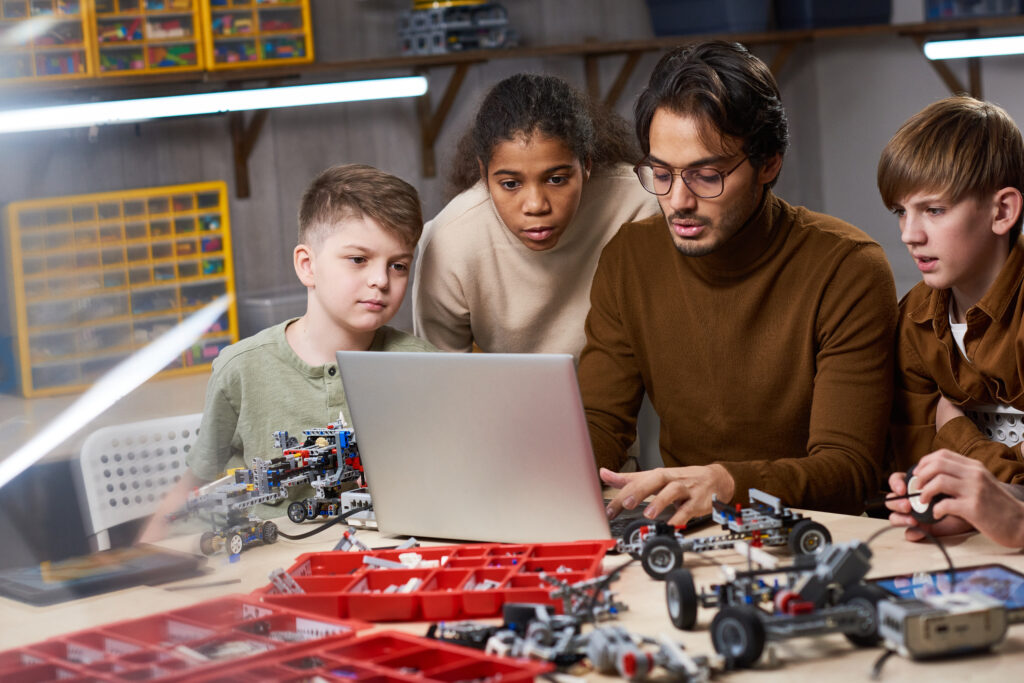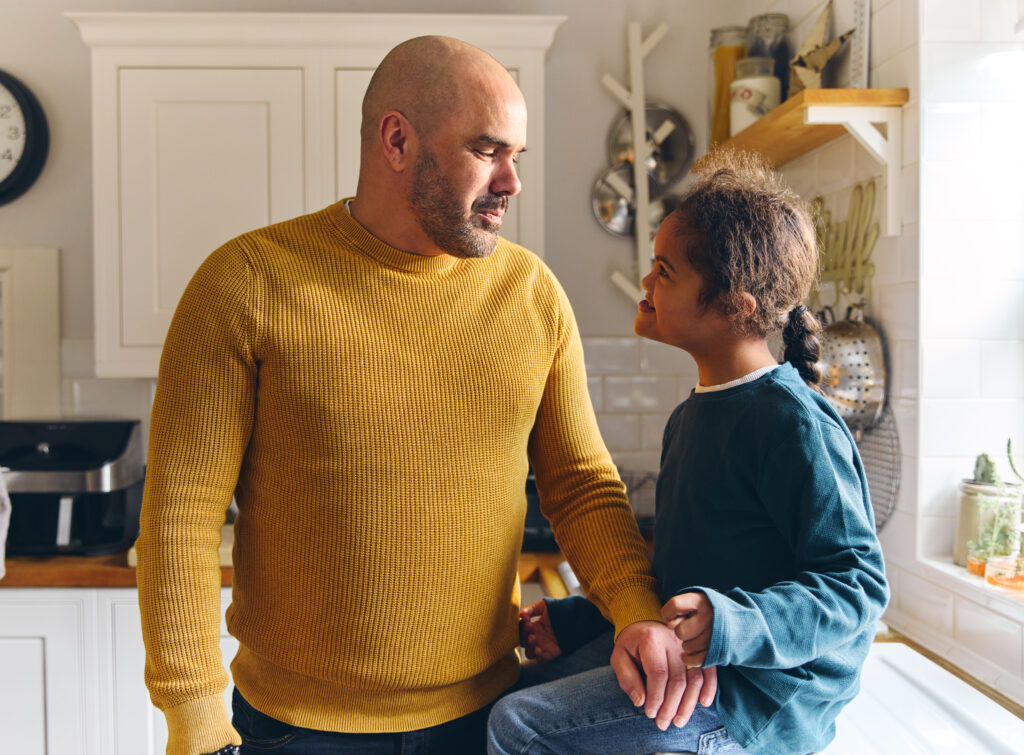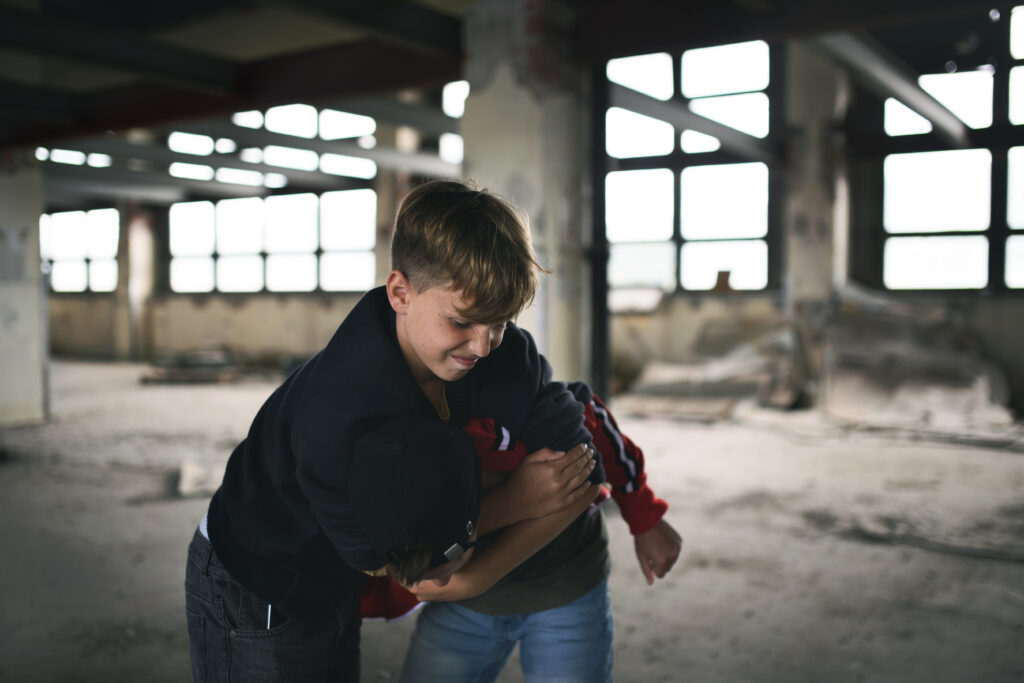RESOURCES FOR PARENTs
How to Talk to Your Child About Bullying
Parents and educators play a crucial role in preventing and addressing bullying. By recognizing the signs, fostering open communication, and taking proactive steps, you can create a safe environment where adolescents feel valued and supported. Here’s how you can make a difference.


How to Talk to Your Child About Bullying
Open and honest communication is essential to help young people navigate bullying situations. Here are some tips:
1. Create a Safe Space: Make sure your child knows they can talk to you without fear of judgment or punishment.
2. Ask Open-Ended Questions: Instead of asking “Are you being bullied?” try “How are things going with your classmates?” to encourage them to share.
3. Listen Without Interrupting: Let them express their feelings and experiences fully before offering advice or solutions.
4. Reassure Them: Emphasize that it’s not their fault and that they are not alone.
5. Plan Next Steps Together: Collaborate with your child to decide how to handle the situation, whether it involves speaking to the school or teaching them coping strategies.
Recognizing the Signs of Bullying in Schools:
Bullying can have profound effects on a student’s mental, emotional, and physical well-being. Educators play a critical role in identifying and addressing these issues early to prevent further harm. By observing subtle and obvious changes in behavior, academic performance, and social interactions, educators can create a supportive environment where students feel safe. Recognizing these signs also helps schools implement effective intervention strategies, ensuring that victims receive the help they need. Understanding the dynamics of bullying is essential to fostering an inclusive and respectful atmosphere for all students.




Prevention Strategies for Schools and Communities
Creating a culture of kindness and respect requires proactive measures. Here are some strategies:
Guides and Toolkits for parents
To make prevention and intervention easier, we provide this resources:
Conversation Starters for Parents: Tips for discussing bullying with your child. Bullying: 5 ideas to start the conversation | Eluna Network
Making your child’s school safe and supportive: .Making your child’s school safe and supportive | GreatSchools.org
Keep your kids safe online:Keeping Your Teen Safe Online


Together, We Can Make a Difference
Parents and educators are the first line of defense against bullying. By working together, we can create safe spaces where adolescents feel supported, respected, and empowered to thrive. Explore our resources and take the next step in building a community free from bullying.
Your involvement matters. Let’s work together to ensure every young person feels valued and safe.

| Together, We Can Make a Difference |
Parents and educators are the first line of defense against bullying. By working together, we can create safe spaces where adolescents feel supported, respected, and empowered to thrive. Explore our resources and take the next step in building a community free from bullying.
Your involvement matters. Let’s work together to ensure every young person feels valued and safe.
